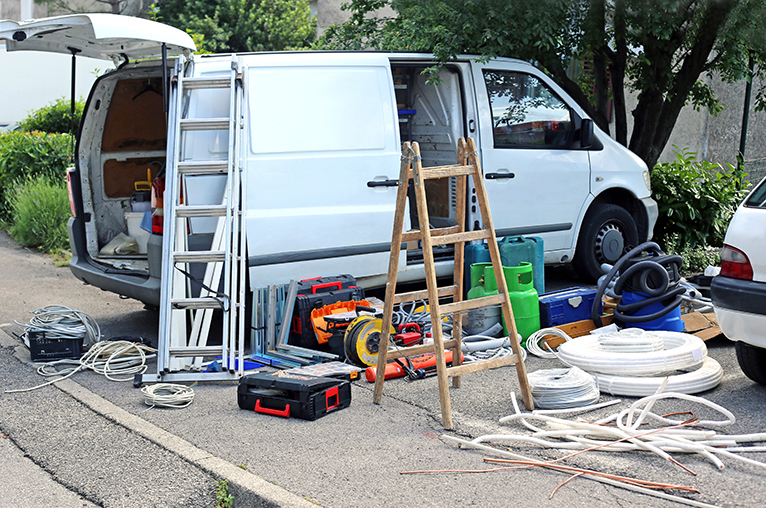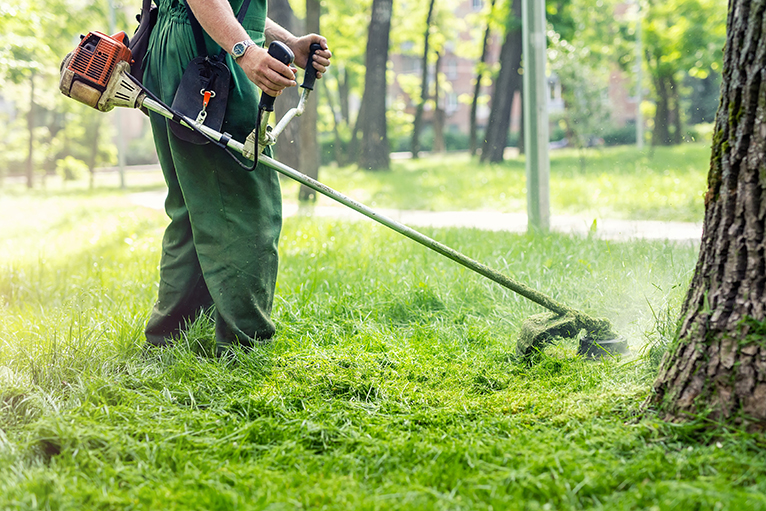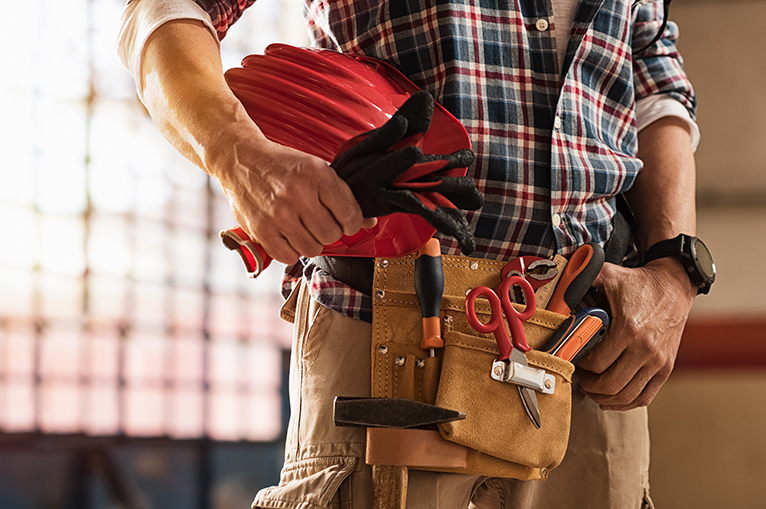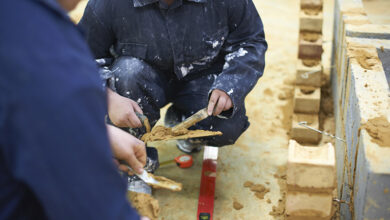5 ways to protect yourself from tool theft
Having your tools stolen is one of the most common setbacks that a tradesperson can experience. In 2020, tool theft cost tradespeople £17.5 million in London alone, according to a new study by Herts Tools. There are plenty of security measures that will make your van less likely to be broken into, but there are also many ways that you can make your tools less attractive to thieves and easier to find or replace should the worst happen.
Read our 5 tips on protecting your construction tools from theft, below.
1. Register your tools online

The police often use property registers to find the owners of stolen items they’ve recovered. So, list your tools on popular registers such as the Immobilise Property Register, to increase the chances that they’ll be returned to you if they’re stolen.
In addition, many tool brands have online databases that you can register your tools’ serial numbers on for free. By doing this, you’ll have proof of ownership. Many insurance providers require this when you’re making a claim following tool theft.
2. Mark your tools
Tools that are clearly engraved or permanently marked are harder for thieves to resell, as potential customers will be suspicious that they’re stolen. Plus, marked tools are easier for you to identify as yours should they be found after the theft. If you often work on site or alongside other tradespeople in homes, marking your tools can also stop them accidentally thinking your tools are theirs and taking them home.
Make your mark by spraying a dot of brightly coloured spray paint onto your tools. Or, use an engraving tool to scratch your initials into them.
3. Install tracking

Some tradespeople opt to use GPS tracking on their high-value tools, such as powered hand tools, which are 10 times more likely to be stolen in London, according to Herts Tools‘ data.
You can attach a GPS tool tracking device to the tool and then download an app to see exactly where it is on a map, in real time. So, if you’re hit by tool theft, you’ll be able to tell the police exactly where they are.
Many GPS tool tracking devices attach to the tool’s battery, so they’re less likely to get lost or damaged. Systems currently on the market include GPS Tooltracker and Abax.
4. Create an inventory of your tools
As your business grows, so does your toolkit. It’s important that you keep a close eye on all your tools, so that you’ll be aware if something is stolen or lost. Create a simple tool inventory list so you’ll have a list of all your equipment. It’s a good idea to include details such as the tool’s name, type, serial number and quantity. You might also want to attach pictures or hard copies of your tool receipts to your inventory.
If you have multiple staff working on different tasks, you could use this list as an equipment sign out sheet too, so you can see who’s got your tools at all times.
5. Store your tools safely

It might be the last thing you want to do at the end of a long day, but it’s important to take your tools out of your van and store them indoors at night. That way, opportunist thieves will be disappointed should they decide to break into your van.
Looking to improve your toolkit? Check out 8 money saving tips for tradespeople, which includes advice on tool insurance.



